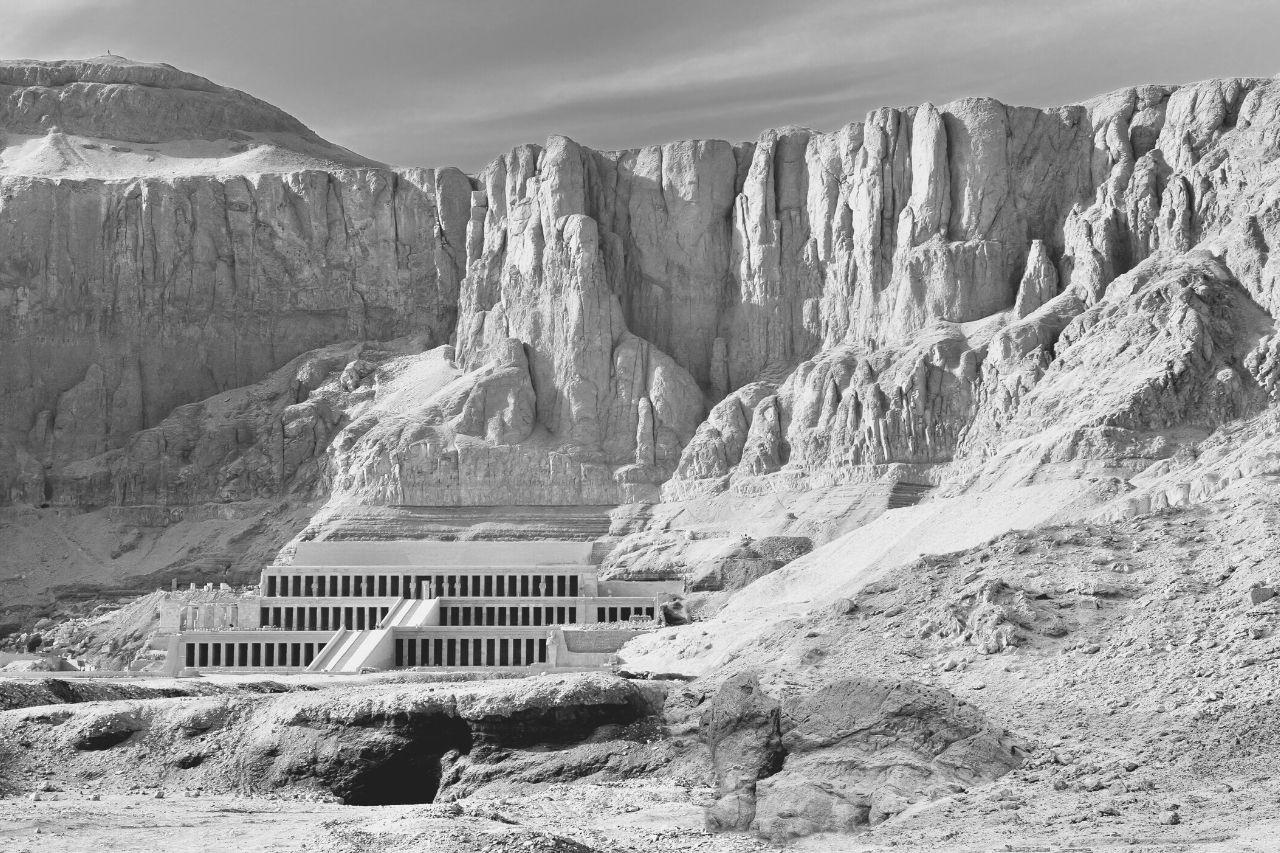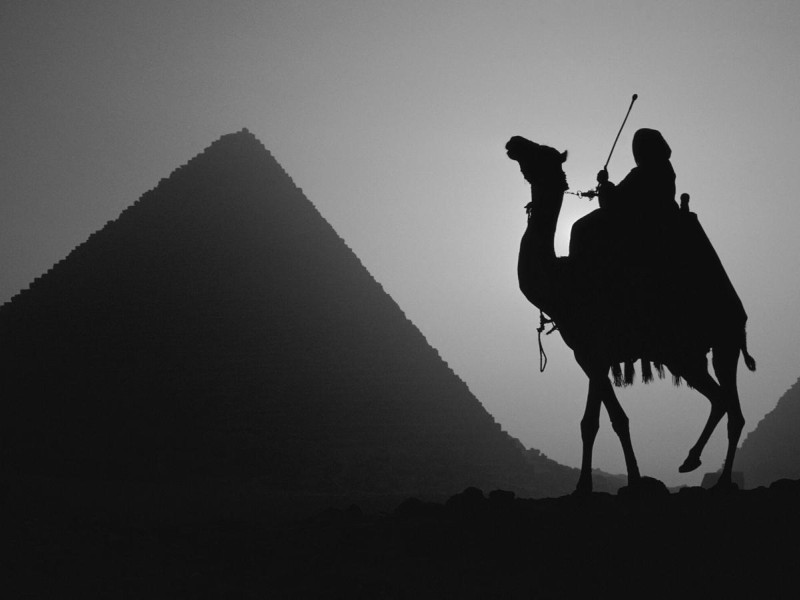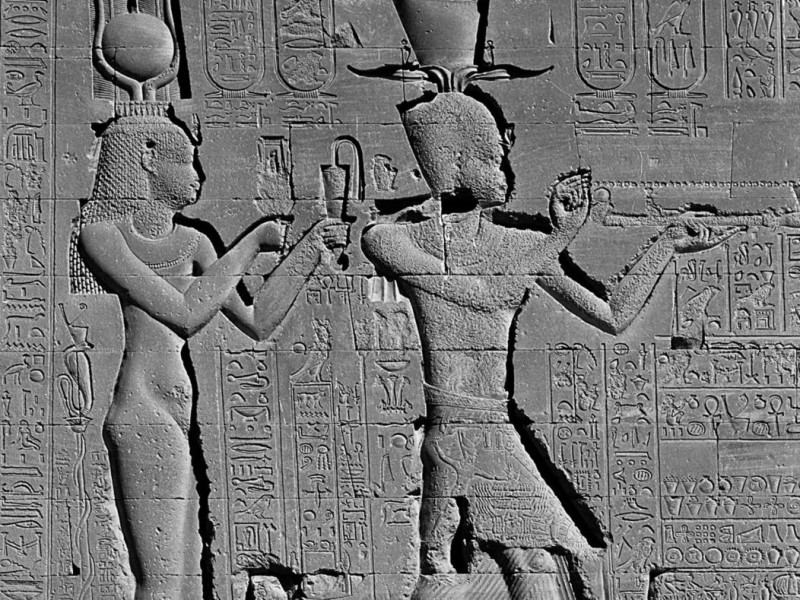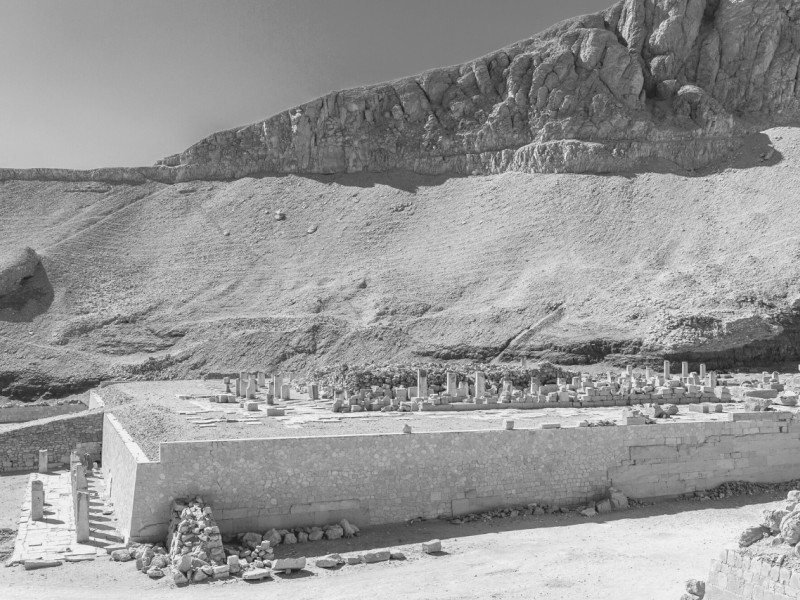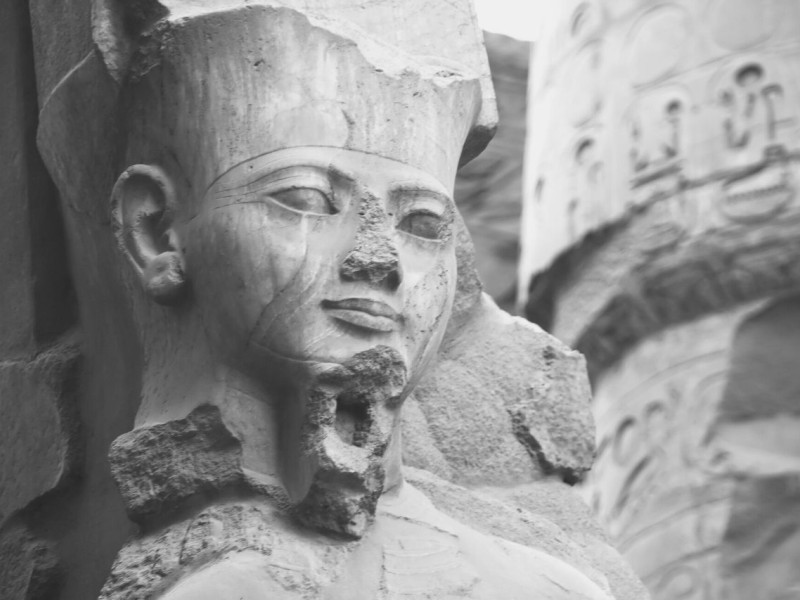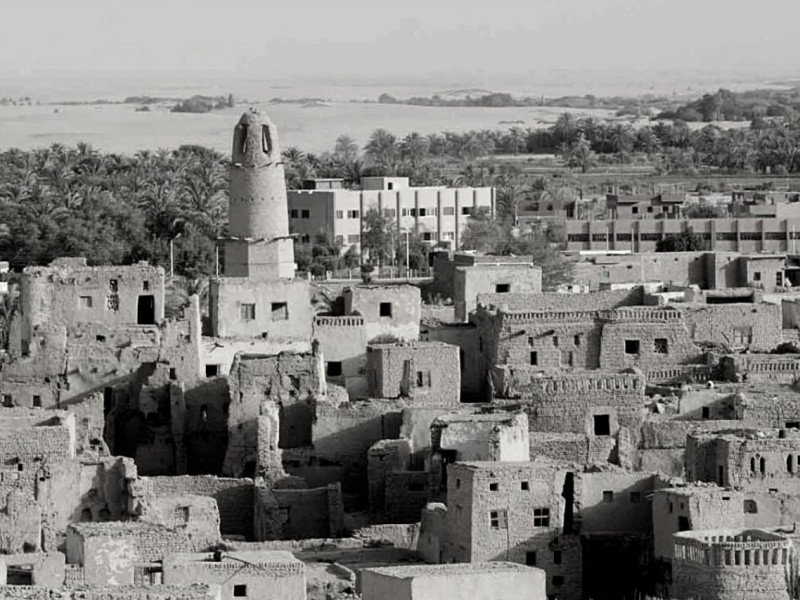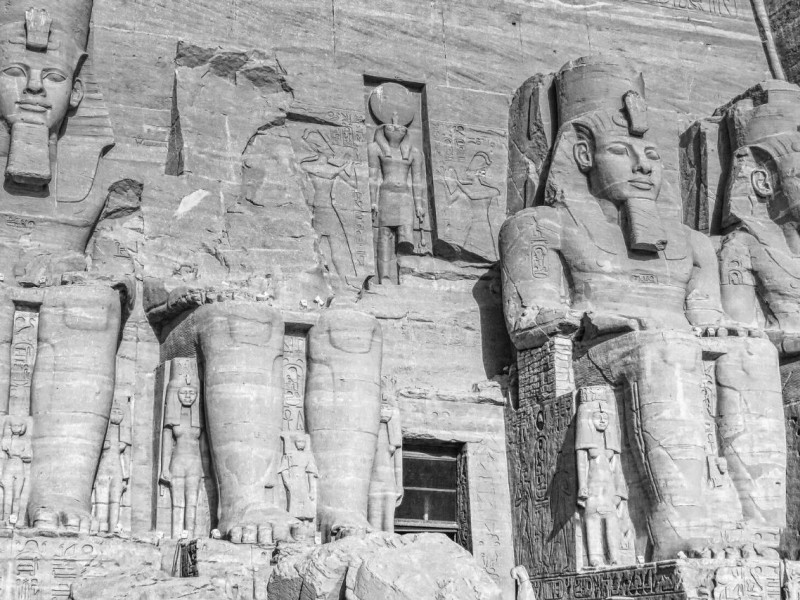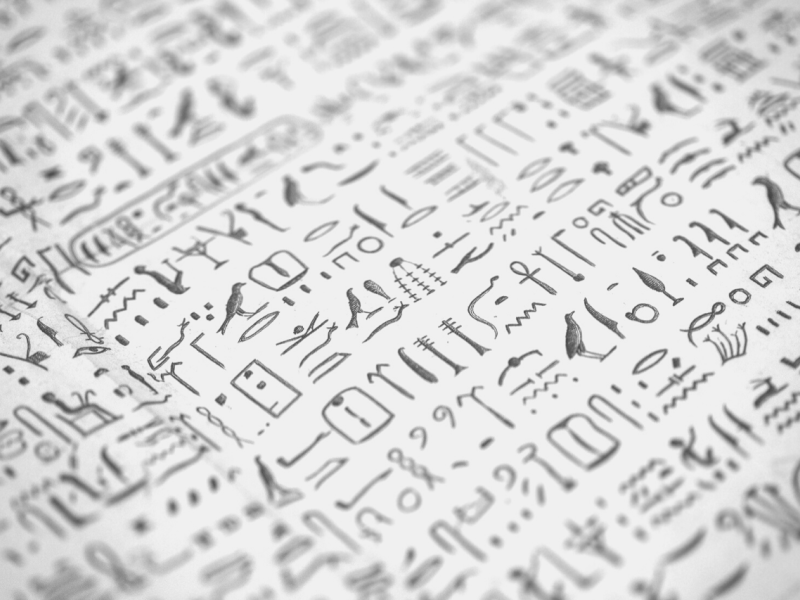How Long Did the Egyptian Empire Last — Between Excellence and Turmoil
For how long did the Egyptian empire last? From its unification by Menes around 3100 BC until its conquest by Alexander the Great in 332 BC, Ancient Egypt was one of the oldest and longest lasting world civilizations, with a duration just short of 3,000 years.
A mighty long time, one would say. In this article, we explore the different periods that make up the glorious Egyptian history. Read on if you are interested in its rise and fall!
The Beginning of the Empire
Around 3400 BC, two separate kingdoms were established near the Fertile Crescent of the Nile valley: the northern Red Land and the southern White Land. A southern king, Menes, would later unify the country, becoming the first king of the first dynasty in 3100 BC.
Thus, the well-known ancient Egypt civilization, which followed the age of prehistoric Egypt, was formed around 3100 BC by the political unification of Upper and Lower Egypt. The history of ancient Egypt unfolded as a series of stable kingdoms, separated by periods of relative instability known as Intermediate Periods.
Archaic (Early Dynastic) Period (c. 3100 – 2686 BC)
King Menes established the capital of ancient Egypt at Memphis. The capital would grow into a great metropolis that dominated Egyptian society during the Old Kingdom period. The Archaic Period saw the development of the foundations of the later Egyptian culture, like the prominent ideology of the king as a godlike being, closely identified with the all-powerful god Horus. The earliest known hieroglyphic writing also dates to this period.
Old Kingdom: Age of the Pyramid Builders (c. 2686 – 2181 BC)
The Old Kingdom began with the third of the Egyptian dynasties. Around 2630 BC, King Djoser had the architect Imhotep design a monument for him: The result was the Step-Pyramid at Saqqara, near Memphis. Egyptian pyramid-building reached its peak with the construction of the Great Pyramid at Giza, on the outskirts of Cairo. This pyramid was built for Khufu, and was later named by classical historians as one of the Seven Wonders of the Ancient World.
This is often called the Age of the Pyramids, in which the Sphinx was also built. During the third and fourth dynasties, Egypt enjoyed a golden age of peace and prosperity. The pharaohs held absolute power on a stable central government and faced no serious threats from abroad. Meanwhile successful military campaigns in foreign countries added to Egypt’s considerable economic prosperity.
Over the course of the fifth and sixth dynasties, the king’s wealth steadily depleted and their absolute power faltered, in the face of the growing influence of the nobility and priesthood of the sun god, Ra. After the death of the sixth dynasty’s King Pepy II, the Old Kingdom period ended in chaos, poverty and famine.
First Intermediate Period (c. 2181 – 2055 BC)
After the Old Kingdom collapsed, the seventh and eighth dynasties consisted of a rapid succession of Memphis-based rulers until about 2160 BC. Then, the central authority completely dissolved, leading to civil war between provincial governors. This chaotic situation was intensified by Bedouin invasions and accompanied by famine and disease.
Two different kingdoms emerged from this era: A line of rulers (dynasties nine and 10), based in Heracleopolis, ruled Middle Egypt. Another family of rulers arose in Thebes to challenge Heracleopolis power. Around 2055 BC, the Theban prince Mentuhotep managed to topple Heracleopolis and reunited Egypt, beginning the 11th dynasty and ending the First Intermediate Period.
Middle Kingdom: 12th Dynasty (c. 2055 – 1786 BC)
After the last ruler of the 11th dynasty, Mentuhotep IV, was assassinated, the throne passed to his vizier, who became King Amenemhet I, founder of the 12th dynasty. A new capital was established at It-towy, south of Memphis, while Thebes remained a great religious center.
During the Middle Kingdom, Egypt once again flourished, as it had during the Old Kingdom. The 12th dynasty kings ensured the smooth succession of their line by making each successor co-regent, a custom that began with Amenemhet I.
Middle-Kingdom Egypt pursued an aggressive foreign policy, colonizing Nubia and repelling the Bedouins. The kingdom also built diplomatic and trade relations with Syria, Palestine and other countries. The pharaohs undertook building projects, including military fortresses and mining quarries. They also returned to pyramid-building in the tradition of the Old Kingdom.
The Middle Kingdom reached its peak under Amenemhet III; its decline began under Amenemhet IV and continued under his sister, Queen Sobekneferu, who was the first confirmed female ruler of Egypt and the last ruler of the 12th dynasty.
The royal tombs were moved to the north, near the city of Memphis. In the same period, the ancient Egyptians started to use irrigation to carry water from the Nile to their crops.
Second Intermediate Period (c. 1786 – 1567 BC)
The 13th dynasty marked the beginning of another unsettled period in Egyptian history, during which a rapid succession of kings failed to consolidate power. As a result, Egypt was divided into numerous domains of influence. The royal court and seat of government was relocated to Thebes, while a rival dynasty (the 14th), centered at the city of Xois, existed at the same time as the 13th.
Around 1650 BC, a line of foreign rulers known as the Hyksos took advantage of Egypt’s instability to take control. The Hyksos rulers of the 15th dynasty adopted many of the existing Egyptian traditions in government and culture. They ruled concurrently with the line of native Theban rulers of the 17th dynasty, who were controlling most of southern Egypt despite having to pay taxes to the Hyksos.
Conflict eventually flared between the two groups, and the Thebans launched a war against the Hyksos around 1570 BC, driving them out of Egypt.
New Kingdom (c. 1567 – 1085 BC)
The New Kingdom is the era of greatest prosperity in the history of ancient Egypt. Under Ahmose I, the first king of the 18th dynasty, Egypt was once again reunited. Control over Nubia was restored and the country went on to establish the world’s first great empire, stretching from Nubia to the Euphrates River in Asia.
The 19th and 20th dynasties, ruling during the so-called Ramesside period — saw the restoration of the weakened Egyptian empire and an impressive amount of building, including great temples and cities. According to biblical chronology, the exodus of Moses and the Israelites from Egypt possibly occurred during the reign of Ramses II.
Third Intermediate Period (c. 1085 – 664 BC)
The next 400 years saw important changes in Egyptian politics, society and culture. A centralized government under the 21st dynasty pharaohs gave way to the resurgence of local officials. Also, foreigners from Libya and Nubia grabbed power for themselves and left a lasting imprint on Egypt’s population.
The 22nd dynasty began around 945 BC with King Sheshonq, a descendant of the Libyans who had invaded Egypt during the late 20th dynasty and settled there. Many local rulers were virtually autonomous during this period. Dynasties 23 and 24, for their part, are poorly documented.
In the eighth century BC, Nubian pharaohs — beginning with Shabako, ruler of the kingdom of Kush — established the 25th dynasty at Thebes. Under Kushite rule, Egypt clashed with the growing Assyrian empire.
In 671 BC, the Assyrian ruler Esarhaddon drove the Kushite king Taharka out of Memphis and destroyed the city. He then appointed his own rulers out of local governors and officials loyal to the Assyrians. One of them, Necho of Sais, ruled briefly as the first king of the 26th dynasty before being killed by the Kushite leader Tanuatamun in a final, unsuccessful quest for power.
From the Late Period (643 – 332 BC) To the Very End
Beginning with Necho’s son, Psammetichus, the Saite dynasty ruled a reunified Egypt for less than two centuries. In 525 BC, Cambyses, king of Persia, defeated Psammetichus III, the last Saite king, at the Battle of Pelusium. After that, Egypt became part of the Persian Empire.
Persian rulers such as Darius I ruled the country largely under the same terms as native Egyptians. However, rebellions against the tyrannical rule of Xerxes and his successors triumphed in 404 BC, beginning one last period of Egyptian independence under native rulers.
In the mid-fourth century BC, the Persians again attacked Egypt, reviving their empire under Artaxerxes III in 343 BC. Barely a decade later, in 332 BC, Alexander the Great of Macedonia defeated the armies of the Persian Empire and conquered Egypt.
After Alexander’s death, Egypt was ruled by a line of Macedonian kings, beginning with Alexander’s general Ptolemy and continuing with his descendants. The last ruler of Ptolemaic Egypt, the legendary Cleopatra VII, surrendered Egypt to the armies of Octavian (later Augustus) in 31 BC.
Six centuries of Roman rule followed, during which Christianity became the official religion of Rome and the Roman provinces (including Egypt). The conquest of Egypt by the Arabs in the seventh century AD and the introduction of Islam would do away with the last outward aspects of ancient Egyptian culture and propel the country towards its modern incarnation.
Conclusion
It is now time to sum up what you have learnt on the long history of ancient Egypt, marked by an alternance of prosperity and turmoil:
Ancient Egypt stood for several centuries as a prominent civilization of the ancient world.
The Egyptian Empire was formed by King Menes after unifying Lower and Upper Egypt.
The centuries that followed are characterized by the different dynasties that ruled Egypt.
The relatively stable periods are the Kingdom Periods: Archaic, Old, Middle & New.
The periods in between, marked by instability and chaos, are known as Intermediate Periods.
26 dynasties ruled Egypt before the conquest of Alexander the Great.
The ancient Egyptian Empire lasted for 27 centuries after its formation by King Menes in 3100 BC. Despite its story ending in domination by the Roman Empire, its rich history is still today an unmatched example of the culture, pride and skills of ancient civilizations.

